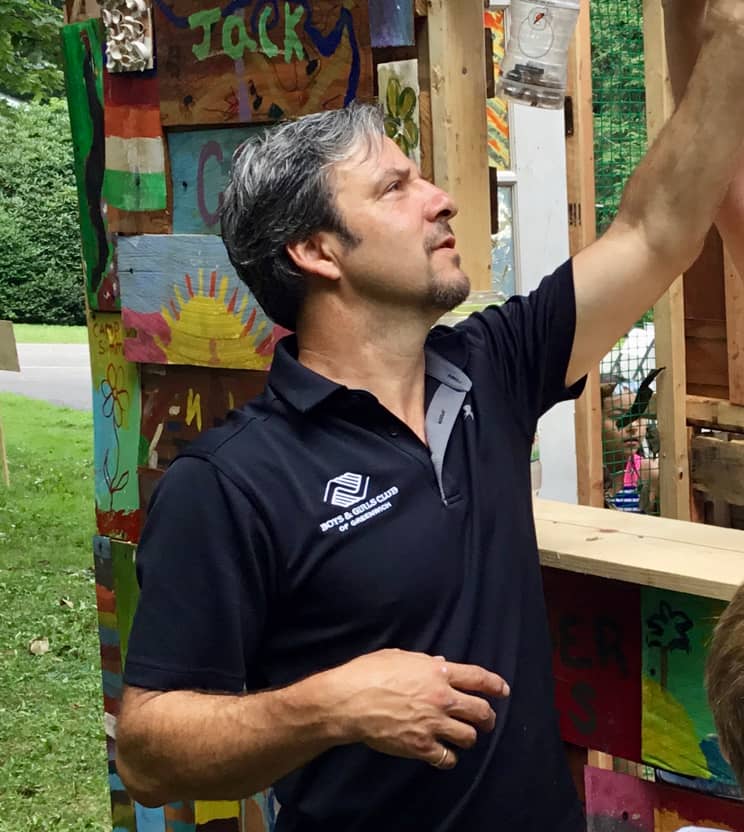

By: Michael Manning
Sketchbooks: Every day, every way.
As we start the school year, many of us find ourselves in a world that has varying degrees of in-person and virtual learning. How do we proceed? How do we inspire and create meaningful experiences for the students, families and teachers? For the visual arts, especially those in a hybrid world, this is a little bit tricky, as we need to balance the actual materials available to kids in the classroom with those available to students at home. We must also ask how to bridge the gap and keep students personally involved in their own artistic exploration while maintaining a connection to the classroom.
The answer can be as simple as a sketchbook. A sketchbook is many things, but most importantly it’s a gateway into larger artistic practices and the art world itself. This sounds like a lofty idea, but a sketchbook can be as simple as casually doodling, drawing and writing things down everyday. The sketchbook is both precious and casual, while also being a tool that can be completely transformative. It’s precious because it’s unique to the owner and very personal. It’s casual because it can be viewed as a work in progress. There are no deadlines and it doesn’t have to be finished. This casual, relaxed element is key and where you can find the most important element of always having a sketchbook within reach. Young artists should be encouraged to doodle, collect and record as often as possible so the book becomes a place to keep not only drawings but more importantly ideas.
One thing that I do with my students is to try to keep the sketchbook with you as often as possible. From my experiences with my own children, they would often play tic-tac-toe and work on collaborative stories, constantly responding to one another’s drawings. Every day, they collected interesting scraps of paper found on old billboards, newspapers and magazines. Textured rubbing from buildings and pieces of trees found their way onto emery pages. The sketchbook wasn’t just about drawing something; it was a way to remember and record something that was interesting or fun to do. This is how it connects to a larger sense of artistic development. With a sketchbook you are building a reserve or vocabulary of ideas, techniques and connections to things bigger than yourself, no matter your age.
Once you get children to consistently use the sketchbook, the pride and sense of accomplishment they have once it’s filled up is truly amazing. Ask a student with a filled sketchbook to show you the book and they will instantly start talking not only about the technique and drawing elements, but also about what they were thinking about. As parents, these sketchbooks will last through the years and will remind you of how their minds worked and what they were thinking about many years ago. In certain ways, sketchbooks, because of the process involved, create more vivid memories than their photographic counterparts. Moreover, a sketchbook is a type of visual diary and it provides a simple way for a child to explore experiences and emotions. During stressful times, it’s particularly important to find ways for all children to let go and to express themselves freely.
Within the current Covid environment, we are all creating virtual, remote art projects in our classroom and are fortunate to have so many tools at our disposal. The computer programs and phone apps provide outstanding media for creating. The only downside is that at times, ideas and individual drawings become almost invisible in digital files. Sketchbooks are different and retain a sense of the moment as they offer a personal avenue for creativity and an essential tool for helping kids connect to art and their own creative process.




